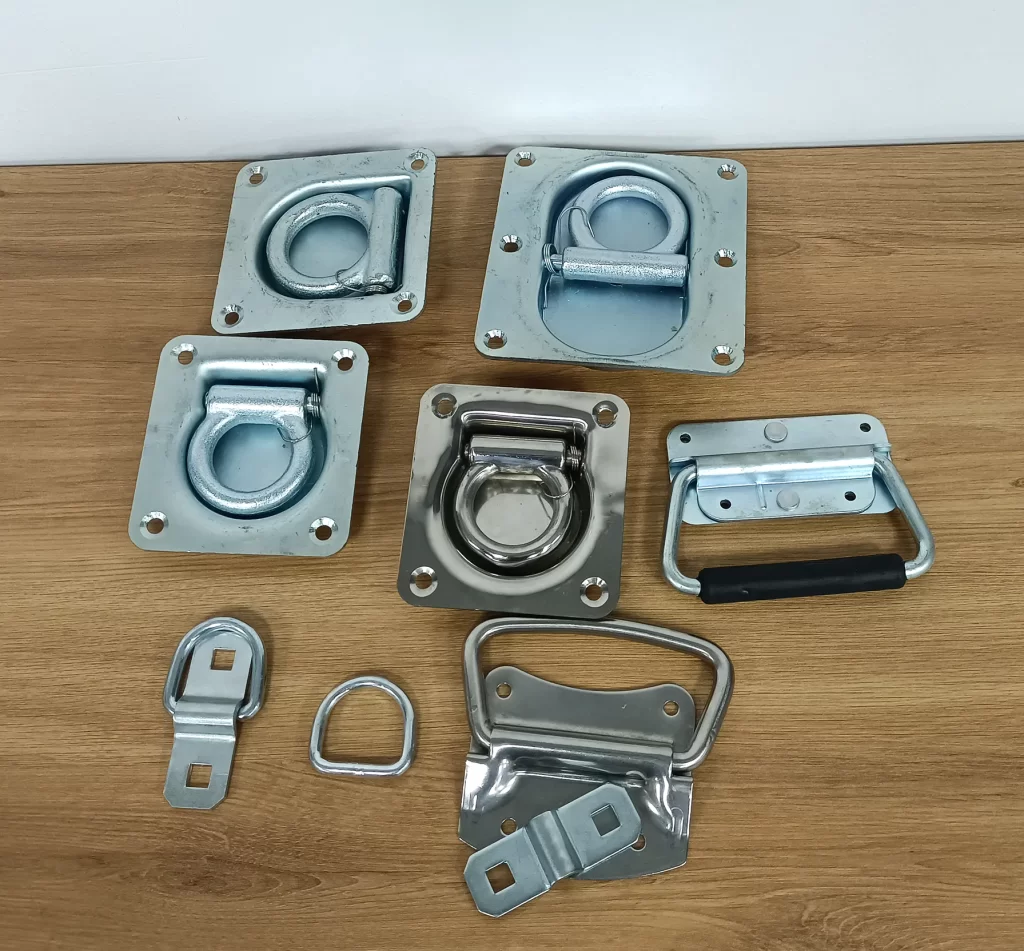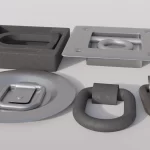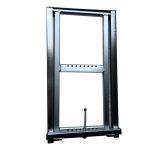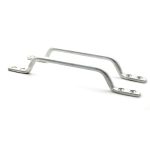Advanced materials are essential for boosting the fuel economy of modern automobiles while maintaining safety and performance. Because it takes less energy to accelerate a lighter object than a heavier one, lightweight materials offer great potential for increasing vehicle efficiency. A 10% reduction in vehicle weight can result in a 6%-8% fuel economy improvement. Replacing cast iron and traditional steel components with lightweight materials such as high-strength steel, magnesium (Mg) alloys, aluminum (Al) alloys, carbon fiber, and polymer composites can directly reduce the weight of a vehicle’s body and chassis by up to 50 percent and therefore reduce a vehicle’s fuel consumption. Using lightweight components and high-efficiency engines enabled by advanced materials in one quarter of the U.S. fleet could save more than 5 billion gallons of fuel annually by 2030.
By using lightweight structural materials, cars can carry additional advanced emission control systems, safety devices, and integrated electronic systems without increasing the overall weight of the vehicle. While any vehicle can use lightweight materials, they are especially important for hybrid electric, plug-in hybrid electric, and electric vehicles. Using lightweight materials in these vehicles can offset the weight of power systems such as batteries and electric motors, improving the efficiency and increasing their all-electric range. Alternatively, the use of lightweight materials could result in needing a smaller and lower cost battery while keeping the all-electric range of plug-in vehicles constant.
Research and development into lightweight materials is essential for lowering their cost, increasing their ability to be recycled, enabling their integration into vehicles, and maximizing their fuel economy benefits.
The Vehicle Technologies Office (VTO) works to improve these materials in four ways:
Increasing understanding of the materials themselves through modeling and computational materials science
Improving their properties (such as strength, stiffness, and ductility)
Improving their manufacturing (material cost, production rate, or yield)
Developing alloys of advanced materials
In the short term, replacing heavy steel components with materials such as high-strength steel, aluminum, or glass fiber-reinforced polymer composites can decrease component weight by 10-60 percent. Scientists already understand the properties of these materials and the associated manufacturing processes. Researchers are working to lower their cost and improve the processes for joining, modeling, and recycling these materials.










